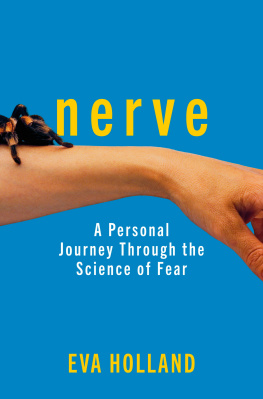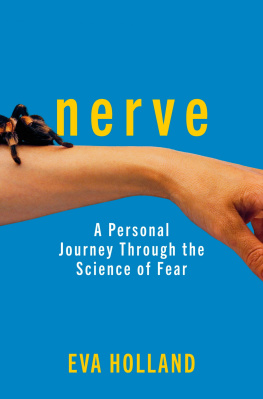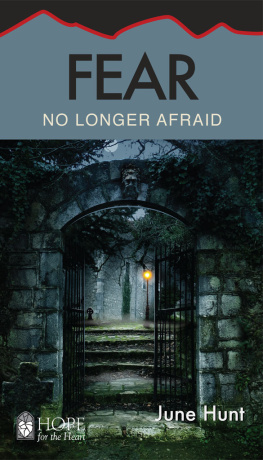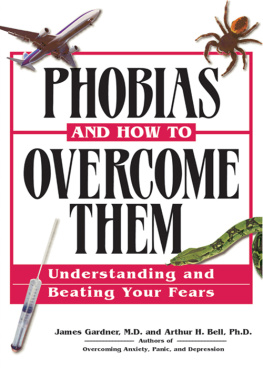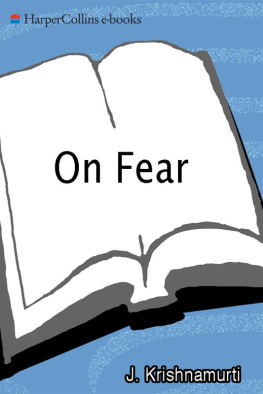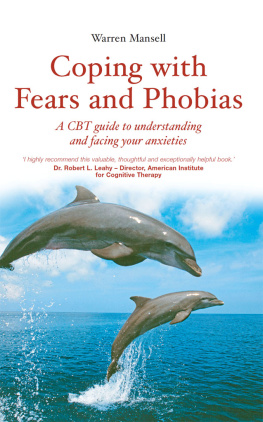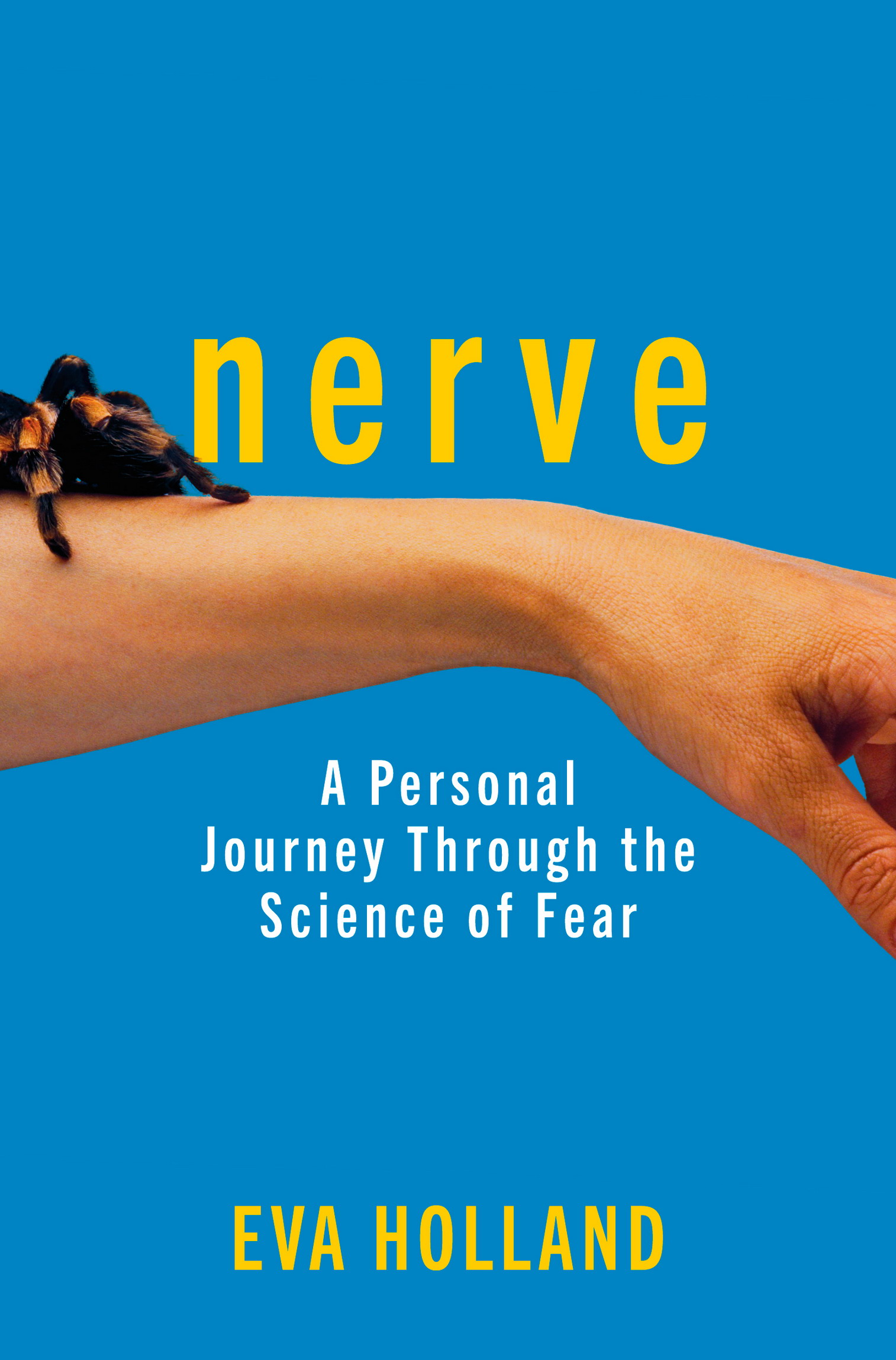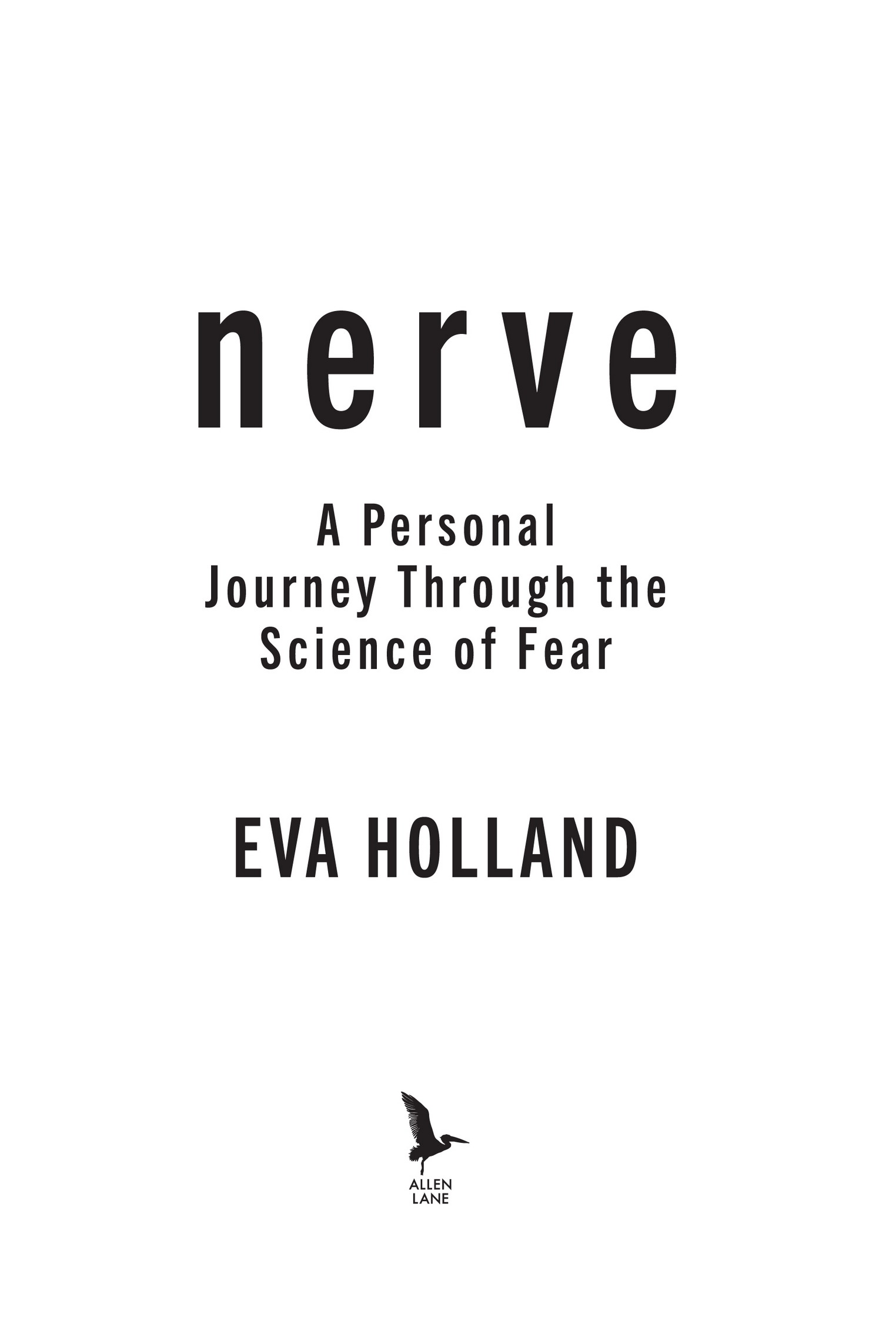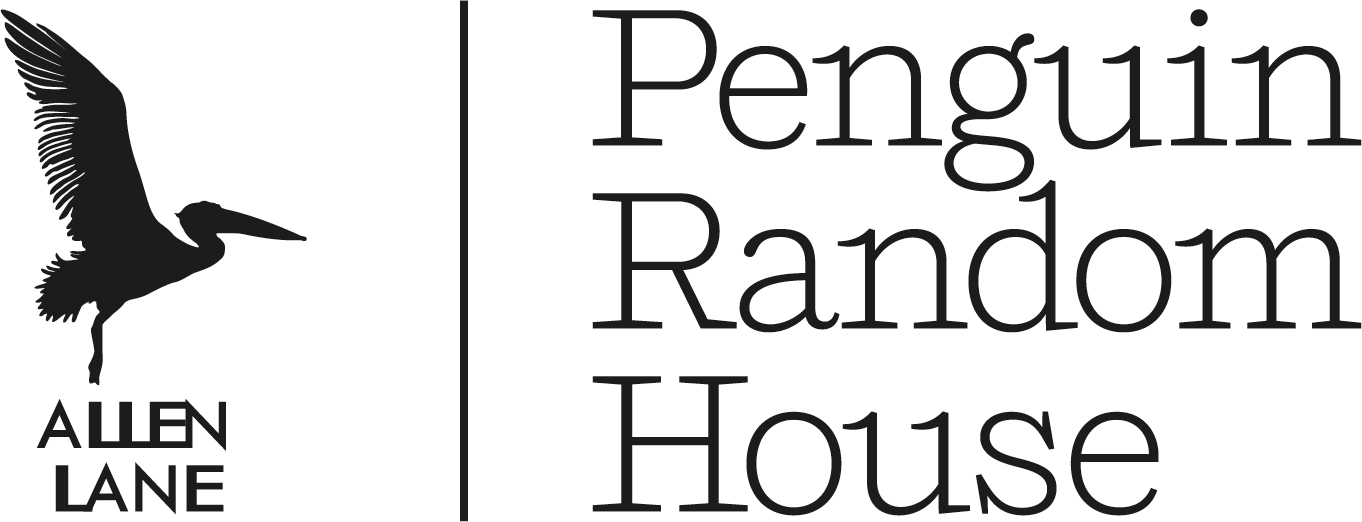Praise for
nerve
I really enjoyed Nerveit has a good balance of personal story and actual science. And I appreciated the clarity with which Holland describes her experiences. Nerve gave me a lot to think about. Alex Honnold, professional rock climber, author of Alone on the Wall, and star of Free Solo
Eva Holland put herself on the line to probe what makes us cower, and the result is this brave and emboldening book. Weaving memoir with science research and reportage, Nerve exposes fear for what it really is: a flush of chemicals, an evolutionary instinct, a mirror to the selfsometimes a liability, but often a guide. Kate Harris, author of Lands of Lost Borders
Nerve is a white-knuckle journey into extreme states of terror and grief, but it does more than merely evoke those feelings. It also illuminates them. Its a gift for all of us who are fated to live with fear and sorrowthat is, for human beings. Brian Phillips, author of the bestselling Impossible Owls
A harmonious blend of memoir and science reporting[Holland] makes her story both specific and universal.Kirkus Reviews
A moving, groundbreaking look at how we can live in a world filled with dangers, both real and perceived, by one of the most talented writers working today. Frank Bures, author of The Geography of Madness.
Holland presents us with a raw, intimate account of her deepest terrors, then invites us along as she fights to overcome them, embarking on a globe-trotting journey of self-discovery and scientific exploration. This book about fear is scarily good and profoundly brave. Luke Dittrich, author of Patient HM
An enlightening intellectual road trip across the vast and seldom-explored science of fear. On this journey, Holland is an ideal companionwarm and intelligent, open-hearted and clear-eyed. But more than anything, she is a person who has felt, and conqueredand then captured and made sense offears so intense that they made me wince just reading about them. Rob Moor, author of On Trails
Brave, surprising, and gorgeous, Nerve plunges into some dark territoryfear, loss, traumaand shines a lovely light. Holland is a gifted storyteller, and by using science to understand and confront her own worst fears, she shows us how to find peace with our own. Jason Fagone, author of the bestselling The Woman Who Smashed Codes: A True Story of Love, Spies, and the Unlikely Heroine Who Outwitted Americas Enemies
ALLEN LANE
an imprint of Penguin Canada, a division of Penguin Random House Canada Limited
Canada USA UK Ireland Australia New Zealand India South Africa China
First published 2020
Copyright 2020 by Eva Holland
All rights reserved. Without limiting the rights under copyright reserved above, no part of this publication may be reproduced, stored in or introduced into a retrieval system, or transmitted in any form or by any means (electronic, mechanical, photocopying, recording or otherwise), without the prior written permission of both the copyright owner and the above publisher of this book.
www.penguinrandomhouse.ca
Library and Archives Canada Cataloguing in Publication
Title: Nerve : a personal journey through the science of fear / Eva Holland.
Names: Holland, Eva, 1982- author.
Identifiers: Canadiana (print) 20190142685 | Canadiana (ebook) 20190142693 | ISBN 9780735237339 (hardcover) | ISBN 9780735237346 (HTML)
Subjects: LCSH: Holland, Eva, 1982-Anecdotes. | LCSH: Fear. | LCSH: Courage. | LCSH: Self-actualization (Psychology)
Classification: LCC BF575.F2 H65 2020 | DDC 152.4/6dc23
Cover design by Beth Bugler
Cover photograph by Pascal Goetgheluck / Science Photo Library
v5.4
a
For my mom,
Katherine Janet Tait
19542015
I do not wish to fall short of your expectations in this matter. I intend, on the contrary, to treat the problem of the fear of nervous people with great accuracy and to discuss it with you at some length.
SIGMUND FREUD
There are few things more liberating in this life than having your worst fear realized.
CONAN O BRIEN
CONTENTS
PROLOGUE
We started the day with strong coffee and a short drive south on the Alaska Highway, from a remote lodge to an even emptier stretch of snowy pavement. As the dark February day grew lighter, we laced up heavy ice-climbing boots, buckled on packs loaded with ropes and gear and food and water, and began our ascent into the mountains.
It was February 2016, and our group of a dozen or so had come from our home in Whitehorse, the small capital city of the Yukon, a few hours away, for an extended weekend of ice climbing in far northern British Columbia. My friends Ryan and Carrie, and their crew of climbing pals, had been making this trip annually for several years. This was my first time tagging along.
Ryan and Carrie are natural teachers and leaders, people who genuinely enjoy passing on their skills and knowledge to others, and for the past few winters, they had been making occasional efforts to teach me how to ice climb: to ascend frozen waterfalls using crampons, axes, and rope. I was a poor student. I liked the thunk of my axe sinking solidly into thick ice, the soreness in my shoulders and calves as I moved up a route, step by step. I loved the glow of satisfaction when I reached the top of a climb. But I was afraid of heightsspecifically, I was afraid of falling from exposed heights. Climbing, then, was hard for me. Ryan and Carrie had both seen me cry, more than once. Theyd heard me beg to be allowed back down to the ground; theyd heard me announce, loud and flat and on the verge of losing control, that I was not having fun anymore.
I had kept at it because, some of the time at least, I was having funand because I wanted to learn to master my fear. But my progress had been slow, and this winter I had hardly climbed at all. My mom had died suddenly the previous summer, and I had largely let sports and socializing slip away in the months afterward.
It was about an hours uphill hike, alongside a creek bed through the snow, before we paused to strap on our crampons and then carried on up the frozen creek itself, the steel spikes offering us traction. The creek rose in slow increments: an easy step up, then a flat surface for a few steps, then a longer step up, and so on. Sometimes an icy rise would be too much to clear in a single step, and wed kick the toe spikes of our crampons into its sloped surface and climb up that way.
Eventually we came to the true start of the climb, a route known as the Usual. One by one, we tied a rope to our harnesses and then ascended the first short wall. After that came another, longer, section of steep climbing, and then another.
It was a beautiful day, sunny and clear, with the temperature hovering around freezing. I was nervous, as usualespecially since there were members of the group that I barely knew. I was always even more mortified to show my fear in front of strangers. But I was handling the climbing just fine, with no tears or pleas for mercy. I was even managing, as I sometimes did, to enjoy it.

